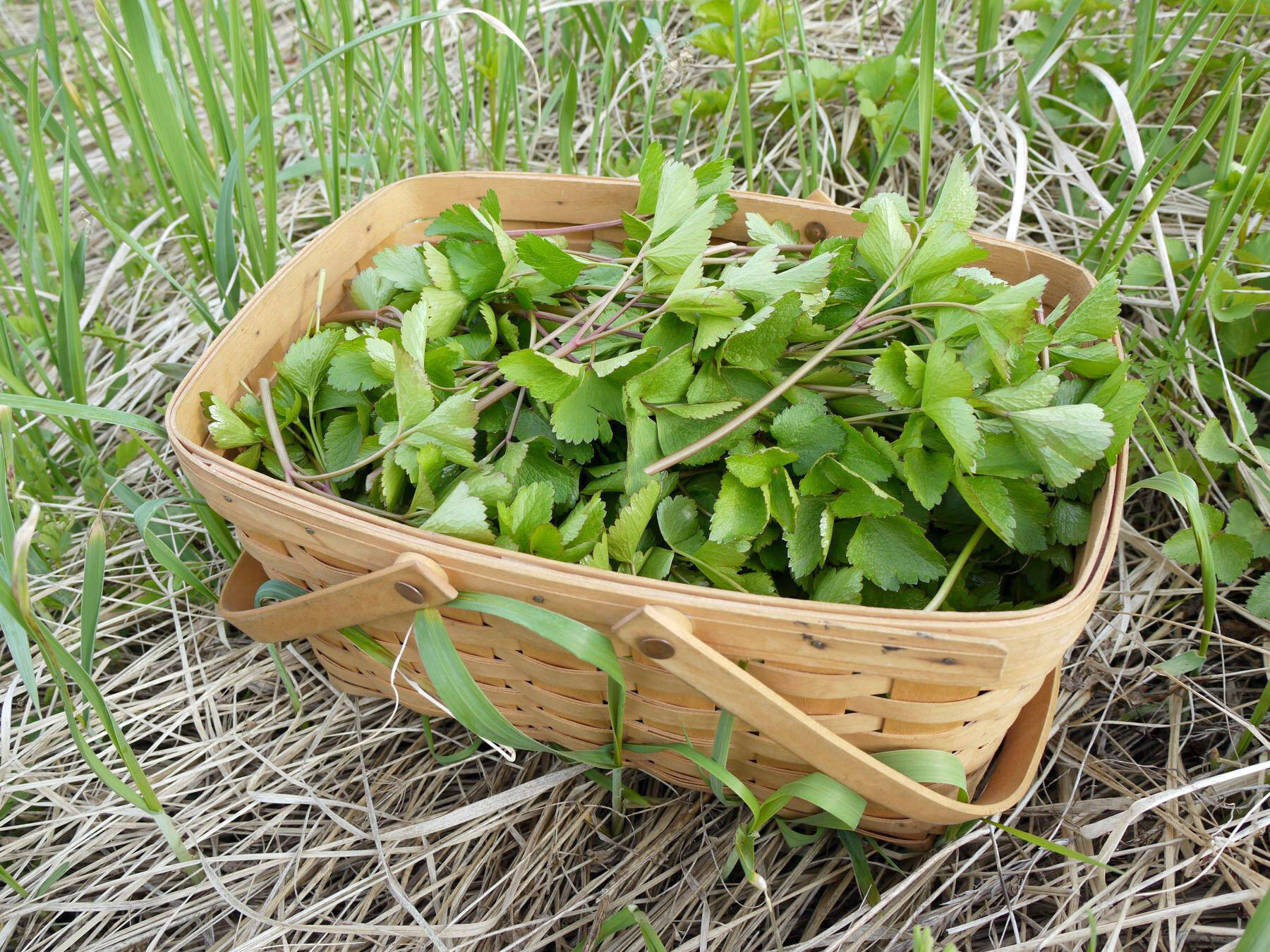For my family, as for many people on the Kenai Peninsula, growing and harvesting food is a regular part of our lives. We garden, we raise chickens, we fish, we hunt, and we gather mushrooms and berries. We enjoy this lifestyle and we believe that the quality of fresh, local food surpasses grocery store food.
How can you beat red salmon rich in omega-3s; dark green, vitamin-packed, home-grown lacinato kale; king bolete mushrooms offering plenty of minerals and fiber; or bog blueberries with their antioxidants? Our bodies run optimally and keep well on these power foods.
But who lives for Nutrition Facts? Serving sizes and Total Carbohydrates fail to capture the best parts of eating. We want flavor! We want interest! As Guy Clark wrote in his song, Homegrown Tomatoes, “What’d life be without homegrown tomatoes / Only two things that money can’t buy / That’s true love & homegrown tomatoes.”
He never mentioned the calcium or vitamin C that tomatoes amply supply. Clark apparently simply relished tasty tomatoes.
For me, nutrition does matter, but there is one plant I seek each spring purely for its flavor: beach lovage. Priscilla Russell, in her book, Tanaina Plantlore, summed it up with her understatement, “the plant imparts a pleasant flavor to food.”
The leaves taste much like celery or parsley, containing some of the same aromatic compounds that give dill, celery and parsley their particular fragrances, but beach lovage’s flavor is stronger and wilder than the store-bought herbs.
Also called Scots lovage, licorice root or Ligusticum scothicum, beach lovage looks and smells much like parsley. It can be recognized by its glossy green leaves divided into three sets of three egg-shaped leaflets, for a total of nine leaflets per leaf. The leaflets have toothed edges like birch or rose leaves.
Beware: in our area, beach lovage could easily be confused with angelica species and poison water hemlocks. The latter are deadly poisonous, so it is important to be able to recognize these similar-looking plants. Beach lovage is a smaller plant than our angelicas and poison water hemlocks, but they all start out small.
Beach lovage grows on coasts around the world in the north, where it tends to be most abundant on rocky coasts and in seaside meadows. Truly a seaside plant, it grows better with some seawater than with all fresh water.
This plant prefers cool weather, generally only living where the average July temperatures remain below 60. Its fast metabolism enables quick growth in our cool, short summers, but it burns energy too quickly in hot weather, starving the plant.
Beach lovage reproduces exclusively through seeds. Insects, mainly flies, do most of the pollinating of the white flowers. Wind and water spread the hardy seeds, which can remain viable after months to a year afloat on sea water.
Multiple people groups of the North, including at least the Iñupiat, Yupik, Aleut, Dena’ina and Chugach in Alaska have long gathered and consumed beach lovage. The leaves are eaten raw or cooked, served with seal oil, included in salads or cooked with fish. They are a good source of vitamins A and C.
By all accounts, beach lovage leaves are best harvested in the spring before the plants flower, when the leaves are most tender. On the Kenai this means about the first two weeks of June, corresponding with the tail end of the hooligan run.
When gathering beach lovage, I cut just a fraction of the leaves from each of these perennial plants, much as you would do for rhubarb, leaving most of the foliage so that the plants can continue living and growing. Population studies have shown that the individual plants can be long-lived, but they are susceptible to damage. If you harvest beach lovage, please treat these plants with care so that they will persist and flourish.
After gathering, I separate the leaflets from the leaf stalks and dry the leaflets on a dehydrator. I mince and freeze the stalks, which, due to their waxy outer coating, do not dry easily.
Dried or frozen, beach lovage has become nearly indispensable in my kitchen. I use it liberally as an herb like leaf celery or parsley. It adds fresh-tasting flavor to fish and chicken marinades, soups, mashed potatoes, shrimp scampi, omelets, and any other recipe calling for parsley. Just remember that lovage is more powerfully potent than parsley, so you might use a little less.
I recently read that beach lovage seeds have a taste similar to fenugreek or cumin, so I may try them when they mature in late summer this year. I am grateful be able raise my family in this rich place where we can continue to learn about and enjoy local, fresh foods (and herbs!).
Matt Bowser serves as a Fish and Wildlife Biologist at Kenai National Wildlife Refuge. Find more Refuge Notebook articles (1999–present) at fws.gov/kenai-refuge-notebook

